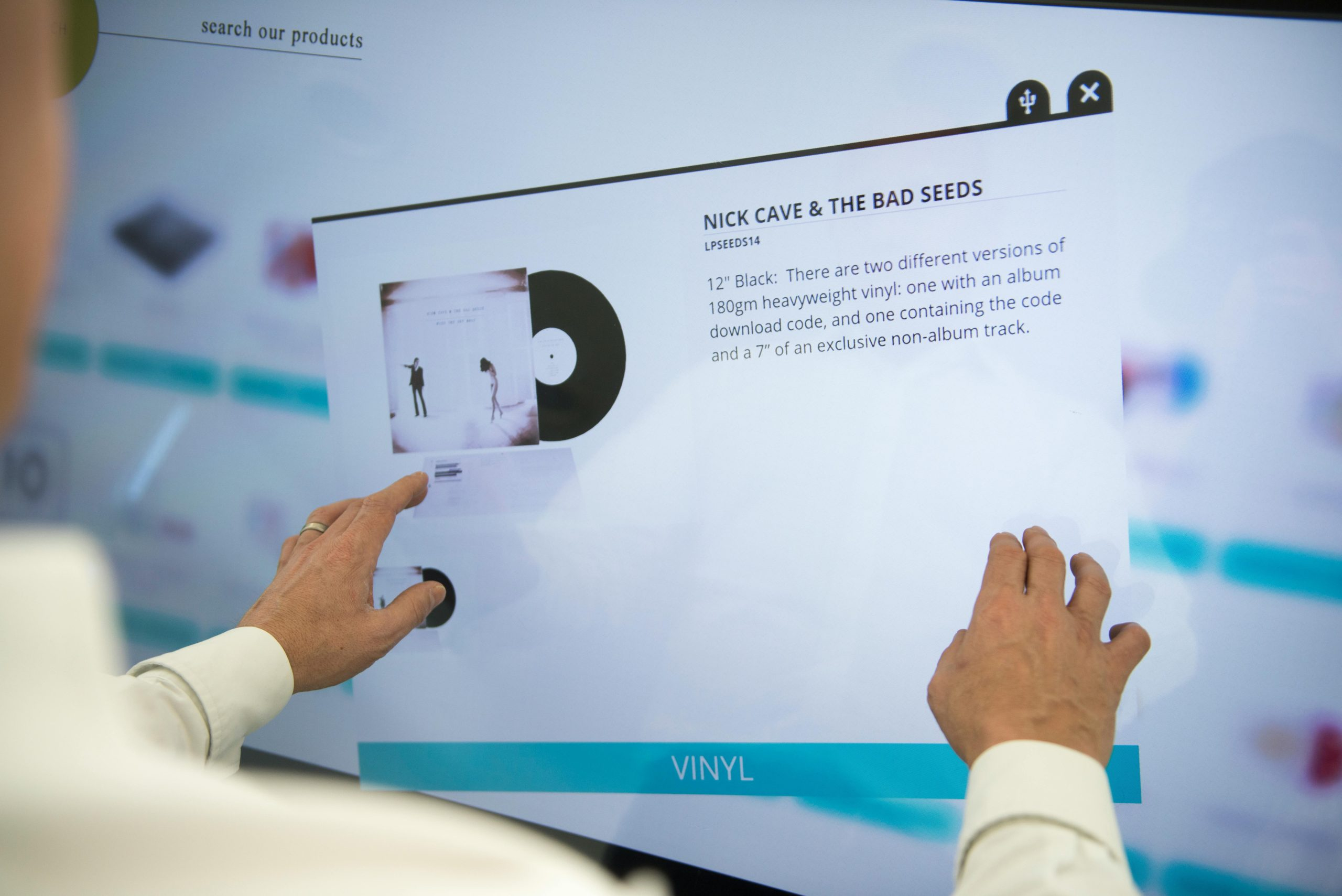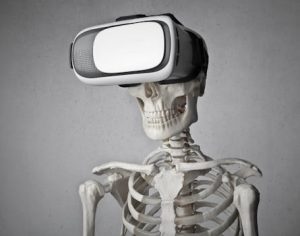Phygital Retail: When Physical and Digital Shopping Worlds Collide
Welcome to the retail revolution where the physical and digital shopping worlds collide, creating a new shopping experience that is both seamless and interactive. The term “phygital retail” may sound like a made-up buzzword, but it’s a concept that has been gaining momentum in recent years. In a world where technology is constantly evolving and consumer behaviors are shifting, it’s no surprise that retailers are adapting and combining the best of both worlds – the physical and digital – to create the ultimate shopping experience for their customers. Let’s take a closer look at what phygital retail is all about.
The Rise of Phygital Retail
As the lines between online and offline shopping continue to blur, retailers are faced with the challenge of meeting the ever-changing needs of their customers. With the rise of e-commerce, physical stores are no longer the only way for customers to make purchases. According to a survey conducted by BigCommerce, 51% of Americans prefer to shop online, while 49% prefer to shop in physical stores. The millennial generation, which makes up a large portion of consumers, also prefers to shop both online and in-store. With these shifting preferences, retailers are turning to phygital retail to create a seamless shopping experience for their customers.
What is Phygital Retail?
Phygital retail is the seamless integration of physical and digital elements in the retail space. It combines the convenience of online shopping with the immersive and personalized experience of shopping in-store. This integration is achieved through the use of technologies such as virtual reality, augmented reality, interactive digital displays, mobile apps, and more. By blending the physical and digital, retailers are able to create a more engaging and interactive shopping experience for their customers.
Benefits of Phygital Retail for Customers
One of the main benefits of phygital retail for customers is the convenience it offers. By leveraging technology, customers can now browse and purchase products anytime, anywhere. They can also easily check product availability, compare prices, and read reviews online before making a purchase in-store. This eliminates the hassle of physically going to a store, only to find out that the product they want is out of stock. Moreover, phygital retail allows for a more personalized shopping experience. By using data collected from online and in-store interactions, retailers can tailor their offerings to meet the specific needs and preferences of their customers.
Benefits of Phygital Retail for Retailers
Phygital retail not only benefits customers but also retailers. By leveraging data from online and in-store interactions, retailers can gain valuable insights into customer behavior and preferences. This allows them to make more informed decisions when it comes to inventory management, product placement, and marketing strategies. With the integration of technology, retailers can also reduce operational costs and improve efficiency. For example, with self-checkout and mobile payment options, retailers can reduce the need for staff and speed up the checkout process.
Examples of Phygital Retail
Many retailers have already embraced the concept of phygital retail and have successfully implemented it into their business models. One such example is Nike’s “House of Innovation”, which combines physical retail with digital technology to create an immersive shopping experience for customers. The store features interactive displays, personalized product recommendations, and self-checkout options. Another example is Sephora’s “Beauty TIP Workshop”, which uses augmented reality technology to allow customers to try on makeup virtually before making a purchase.
The Future of Phygital Retail
The future of phygital retail looks very promising. As technology continues to evolve, retailers will have more opportunities to create a seamless and personalized shopping experience for their customers. Retailers will also have the ability to collect and analyze more data, allowing for even more targeted and effective marketing strategies. With the rise of concepts like virtual and augmented reality, the shopping experience will become even more immersive and interactive, blurring the lines between the physical and digital even further.
Conclusion
Phygital retail is a trend that is here to stay. By combining the best of both worlds – the physical and the digital – retailers are able to create a more convenient, engaging, and personalized shopping experience for their customers. With the constant evolution of technology and changing consumer behaviors, phygital retail will continue to innovate and shape the retail landscape in the years to come.










